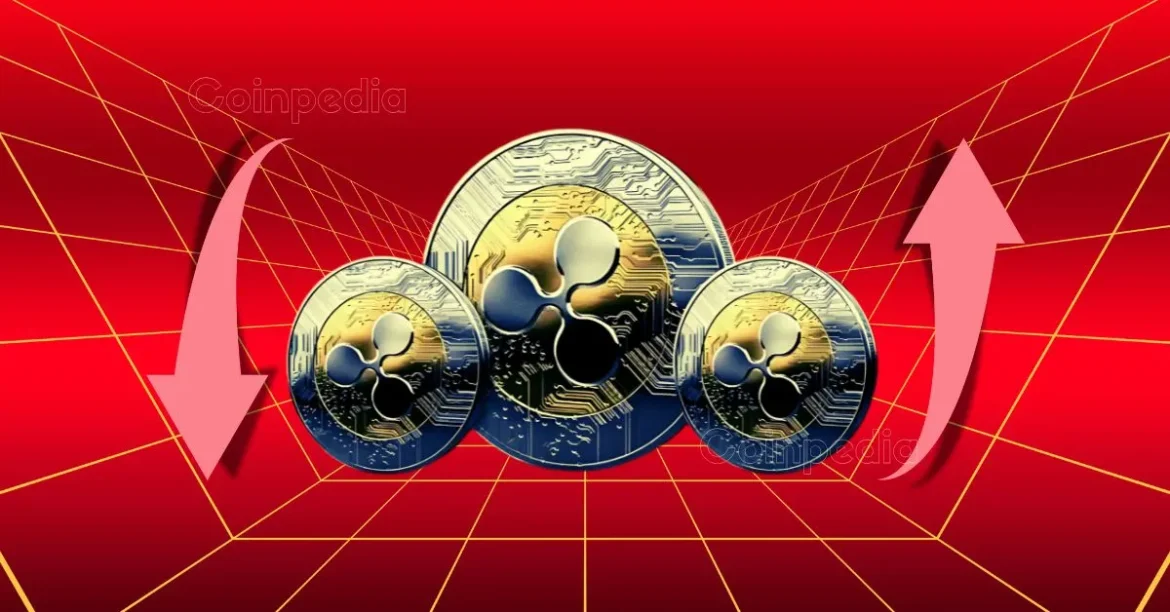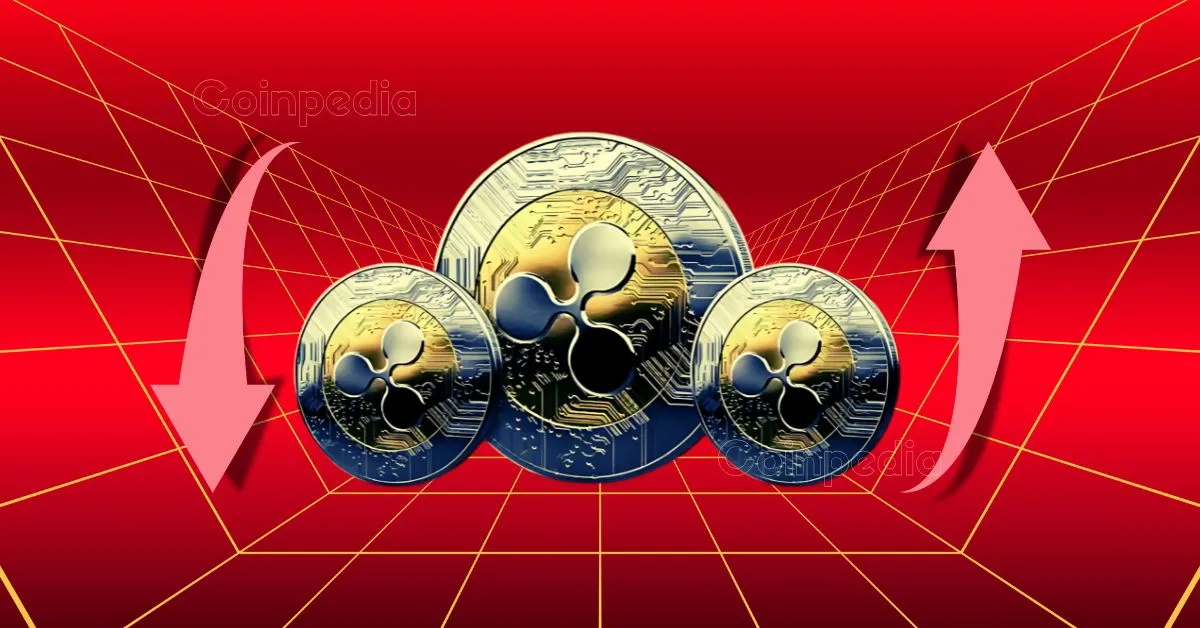Understanding the Current Downtrend in XRP’s Price
XRP, a prominent cryptocurrency designed to facilitate rapid and low-cost interbank transfers, is currently experiencing a notable decline in value. Trading around $2.20, XRP is approximately 28.5% below its recent monthly high, signaling significant downward pressure. This report delves into the multifaceted reasons behind XRP’s recent price drop, analyzing market factors, technical indicators, and broader economic influences.
—
Market and Technical Factors Driving XRP’s Decline
1. Critical Price Levels and Technical Breakdown
XRP’s price has breached several key support thresholds, which investors closely monitor as indicators of potential further declines. Notably, dropping below $2.30 has raised alarms among technical analysts, who warn this could trigger a more pronounced sell-off, potentially pushing the price toward the $1.55–$1.90 range. Recent trading has seen XRP fall below its 9-day and 21-day moving averages ($2.37 and $2.36 respectively), indicating short-term bearish momentum.
The breach of the $2.25-$2.26 support zone is especially critical; technical analysts suggest this could catalyze deeper corrections. Open interest data points to a possible topping out, with projections suggesting a drop to around $1.96 if bearish trends persist.
2. Reduced Network Engagement and Whale Activity
On-chain data has revealed diminished network engagement, an indicator often correlated with waning investor interest. At the same time, significant “whale” selling—large holders offloading portions of their XRP—has increased supply pressure. This mismatch between demand and supply exacerbates downward price movement, as large sell-offs can deter momentum-driven traders and increase market volatility.
—
Broader Cryptocurrency Market Influences
1. Overall Market Sentiment and Correlation
Like most cryptocurrencies, XRP’s price is not immune to the broader market dynamics of digital assets. The current crypto market struggles have dragged XRP lower alongside other topping coins. With the total crypto market capitalization dipping by roughly 3%, and key indices such as the S&P 500 and Nasdaq experiencing losses of over 1%, the bearish sentiment is pervasive.
This interconnectedness caused ripple effects where XRP’s decline is partly a reaction to investors reducing exposure across the board in response to macroeconomic uncertainties and risk-off attitudes.
2. Legal and Regulatory Developments
Ripple Labs, the company behind XRP, has faced ongoing legal challenges, particularly with the U.S. Securities and Exchange Commission (SEC). These legal uncertainties contribute to price instability and investor hesitancy, as the outcome of lawsuits can significantly impact XRP’s adoption and regulatory status.
Investor confidence appears shaken by recent announcements, such as Ripple ceasing quarterly XRP market reports, which some perceive as reducing transparency. This adds an additional layer of caution within the investment community.
—
Macroeconomic and Political Considerations
1. Tariffs and Trade Tensions
Geopolitical factors also shape market behavior. Past events like tariff impositions by U.S. administrations have had a tangible impact on XRP’s price, with trade war fears leading to sharp price dips. For example, in early 2025, XRP’s value dropped to a five-month low of approximately $1.75 amid escalating tariff concerns.
Such political risks amplify market volatility, increasing the likelihood of sudden price shifts, especially for assets like XRP that are sensitive to global economic developments.
—
XRP’s Utility and Long-Term Prospects
Despite current bearish trends, XRP’s fundamental purpose—to provide fast, scalable, and low-cost cross-border payment solutions—remains intact. Unlike many cryptocurrencies functioning mainly as speculative assets, XRP aims to transform the traditional banking infrastructure by using a consensus ledger system to facilitate near-instant transaction settlements without the need for pre-funded accounts.
This utilitarian aspect may support eventual price recovery if adoption accelerates and broader market conditions stabilize. However, network activity and transaction volumes must increase to sustain upward momentum.
—
Summary of Contributing Factors to XRP’s Price Drop
| Factor | Impact on XRP Price |
|————————-|———————————|
| Breach of key support levels (< $2.30) | Triggered technical selling pressure |
| Reduced on-chain activity | Signaled declining investor interest |
| Whale selling | Increased supply, dampened price |
| Broader cryptocurrency market declines | Magnified bearish sentiment |
| Legal challenges (Ripple vs SEC) | Increased uncertainty and risk aversion |
| Macroeconomic tensions (tariffs) | Amplified market volatility |
---
Conclusion: Will XRP Recover or Continue Decline?
XRP currently faces a convergence of technical, market, regulatory, and geopolitical challenges, placing downward pressure on its price. Breaching critical support and weak on-chain engagement suggest short-term bearish momentum could persist, potentially driving prices toward the $1.55–$1.96 range.
Nonetheless, XRP’s unique role in facilitating efficient interbank transfers gives it an intrinsic value proposition that might underpin recovery should regulatory clarity emerge and market sentiment improve. For now, investors should monitor critical support levels, network activity trends, and news regarding Ripple’s legal status to gauge the direction of XRP.
Understanding these complex, layered factors offers a comprehensive perspective on why XRP is falling today and what might lie ahead for this digital asset.





